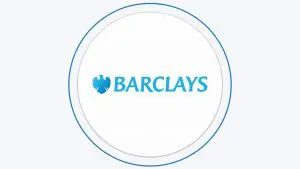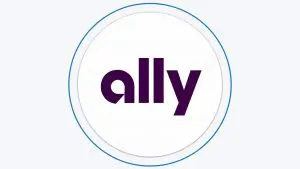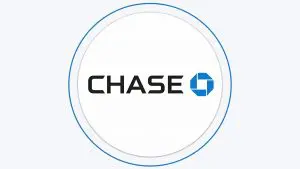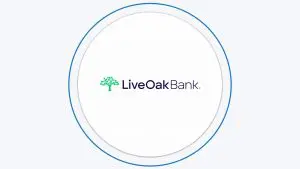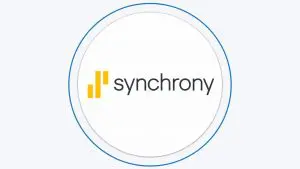Table Of Content
Can You Have Multiple Savings Accounts?
Yes, it is possible to have multiple savings accounts. In fact, having multiple savings accounts can be a good strategy for managing your money, in case you have a large amount in deposits and in more cases.
In this article, we will explore the pros and cons of having multiple savings accounts and in which cases it may be a good idea.
The Pros And Cons Of Multiple Savings Accounts
Here are the main pros and five cons of having multiple savings accounts:
Pros | Cons |
|---|---|
Diversify Your Money Between Banks | Fees |
Better Organization | Time-Consuming |
Higher Interest Earnings | Difficulty In Tracking |
Potential For Overspending |
- Diversify Your Money Between Banks
As we can see also, in 2023, banks are not immune, and even big banks can fail. The FDIC insures your accounts 4- usually, it's $250,000 per person per account (some institutions offer higher limits).
In case your deposit is higher than that, diversifying your savings between banks can protect some of your money in case of a bank's default. However, by dividing your deposit between banks, are exposed to more banks.
- Better Organization
Having multiple savings accounts allows you to separate your money based on different goals or purposes.
This can make it easier to track your progress toward specific financial goals and ensure you're not dipping into funds earmarked for other purposes.
- Higher Interest Earnings
Depending on the interest rates offered by different banks or credit unions, having multiple savings accounts can allow you to take advantage of higher interest rates and earn more money on your savings.
- Fees
Having multiple savings accounts can come with fees such as account maintenance fees, transaction fees, and minimum balance requirements.
These fees can add up and eat into your savings if you're not careful.
- Time Consuming
Managing multiple savings accounts can be time-consuming, especially if you need to transfer funds between accounts regularly.
This can be a hassle and require extra effort to keep track of each account.
- Difficulty In Tracking
With multiple accounts, it can be challenging to keep track of all the balances and ensure that you're meeting the minimum balance requirements for each account.
This can lead to confusion and missed opportunities to earn interest.
- Potential For Overspending
Having multiple savings accounts can create the illusion of having more money than you actually do, leading to overspending or neglecting other important financial goals.
When It May Be A Good Idea?
Having multiple savings accounts can be a good idea in the following situations:
- If you carry a large amount – if you carry a large amount, you can lose most of it if your bank fails. By having multiple savings accounts, you don't put all eggs in the same basket and therefore reduce the risk of losing all your money surprisingly.
If you need to achieve different financial goals: Having multiple savings accounts can help you save for different financial goals, such as a down payment on a home, emergency funds, a vacation, or a new car. This approach can help you prioritize and save for multiple goals at once.
If you need to manage irregular income: If you have an irregular income, such as freelancing or seasonal work, having multiple savings accounts can help you manage your income and expenses more effectively. You can allocate a percentage of your income to each savings account based on your expenses and financial goals.
When It May Not Be A Good Idea?
Having multiple savings accounts may not be a good idea in the following situations:
When it leads to additional fees: Having multiple savings accounts may lead to additional fees, such as account maintenance fees, transaction fees, or overdraft fees. These fees can eat into your savings and offset the benefits of having multiple accounts.
When it's too complicated: If managing multiple savings accounts becomes too complicated or time-consuming, it may not be worth the effort. You may end up neglecting some accounts or losing track of your savings goals.
When it doesn't align with your financial goals: If you have only one or two financial goals, having multiple savings accounts may not be necessary. In such cases, having one account that's specifically earmarked for that goal may be more effective.

Can You Have Multiple Savings Accounts At The Same Bank?
Yes, it is possible to have multiple savings accounts at the same bank. Most banks allow customers to open multiple savings accounts under the same account number or customer ID.
There may be some limitations, such as a maximum number of savings accounts allowed or minimum balance requirements for each account. It's important to check with your bank to understand their policies and any potential fees associated with multiple savings accounts.
Having multiple savings accounts at the same bank can be convenient since you can manage all your savings in one place. It can also make it easier to transfer funds between accounts or set up automatic transfers for each savings goal.
However, it means you put all your eggs in the same basket – which may be dangerous in the current economic situation, especially if you deposit a high amount.
How To Compare And Open A Savings Account?
Comparing and opening a savings account requires some research and careful consideration. Here are some steps to compare and open a savings account:
Identify your savings goals: Before you start comparing savings accounts, it's important to identify your savings goals. This will help you choose an account that aligns with your specific needs and preferences. For example, you may be saving for a down payment on a house, emergency funds, or a vacation.
Research savings account options: Once you've identified your savings goals, start researching savings account options from different banks and credit unions. Look for accounts with high interest rates, low fees, and features that meet your needs.
Compare interest rates, fees, and minimum balance requirements: Interest rates can vary widely between savings accounts, so it's important to compare rates from different banks. Look for accounts with competitive rates that can help you earn more on your savings, and consider also the fees and minimum payments.
Consider other features: Some savings accounts may offer additional features, such as overdraft protection or ATM access. Consider these features and decide if they're important to you.
Choose an account and apply: Once you've compared savings accounts and found one that meets your needs, it's time to apply. You can usually apply online or in-person at the bank. Make sure to have all the necessary documents, such as identification and proof of address.
FAQs
Can I transfer money between my multiple savings accounts?
Yes, you can usually transfer money between your multiple savings accounts. Most banks offer online banking tools or mobile apps that allow you to easily transfer funds between accounts.
How can I avoid fees with multiple savings accounts?
To avoid fees with multiple savings accounts, make sure to understand the fee structure for each account and meet any minimum balance requirements or other possible ways to waive the fee. You may also want to consider accounts with no fees or low fees.
What happens if a bank fails?
If a bank fails, your deposits may be insured by the FDIC or another government agency up to a certain limit. However, it's still a good idea to diversify your savings across multiple banks or institutions to reduce your risk.
How can I keep track of my multiple savings accounts?
To keep track of your multiple savings accounts, you can use a spreadsheet or financial tracking tool to monitor your balances and progress towards your goals. You can also set up alerts or reminders to help you stay on track.






